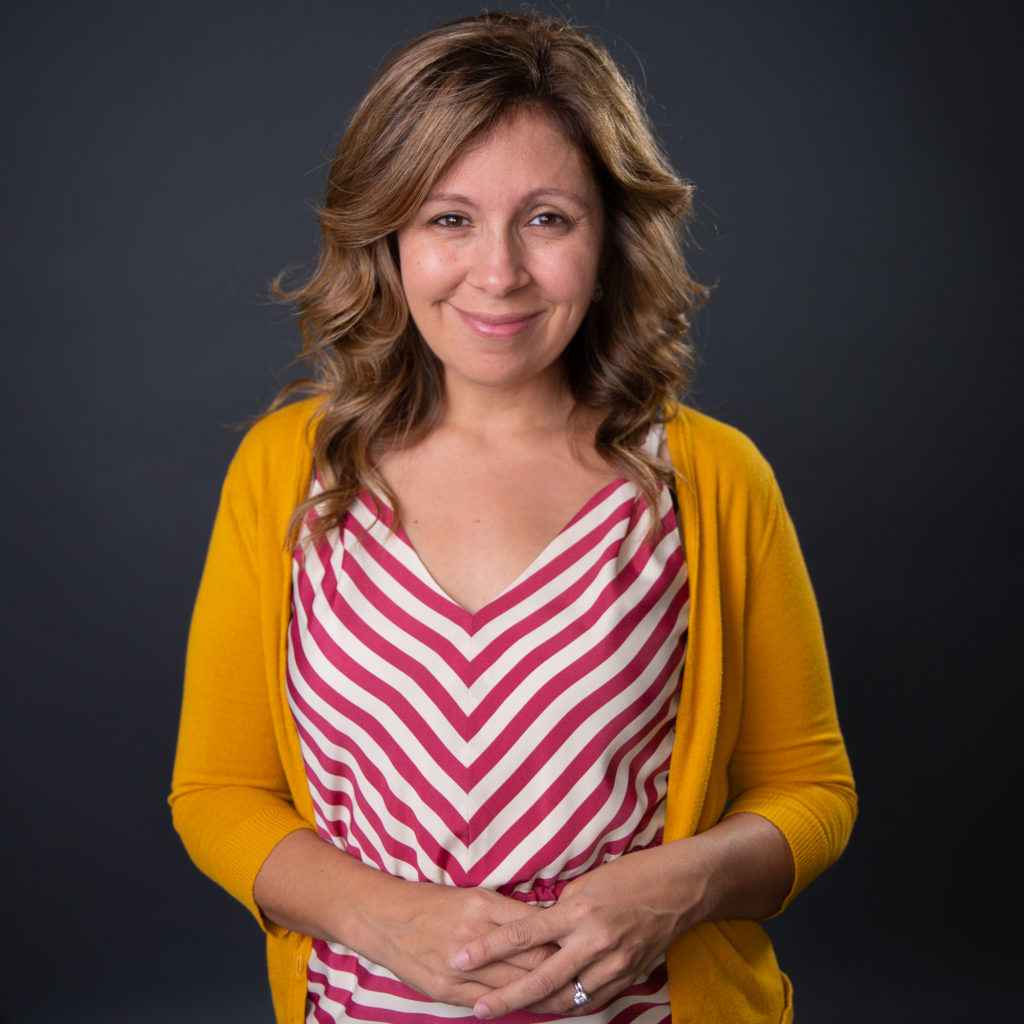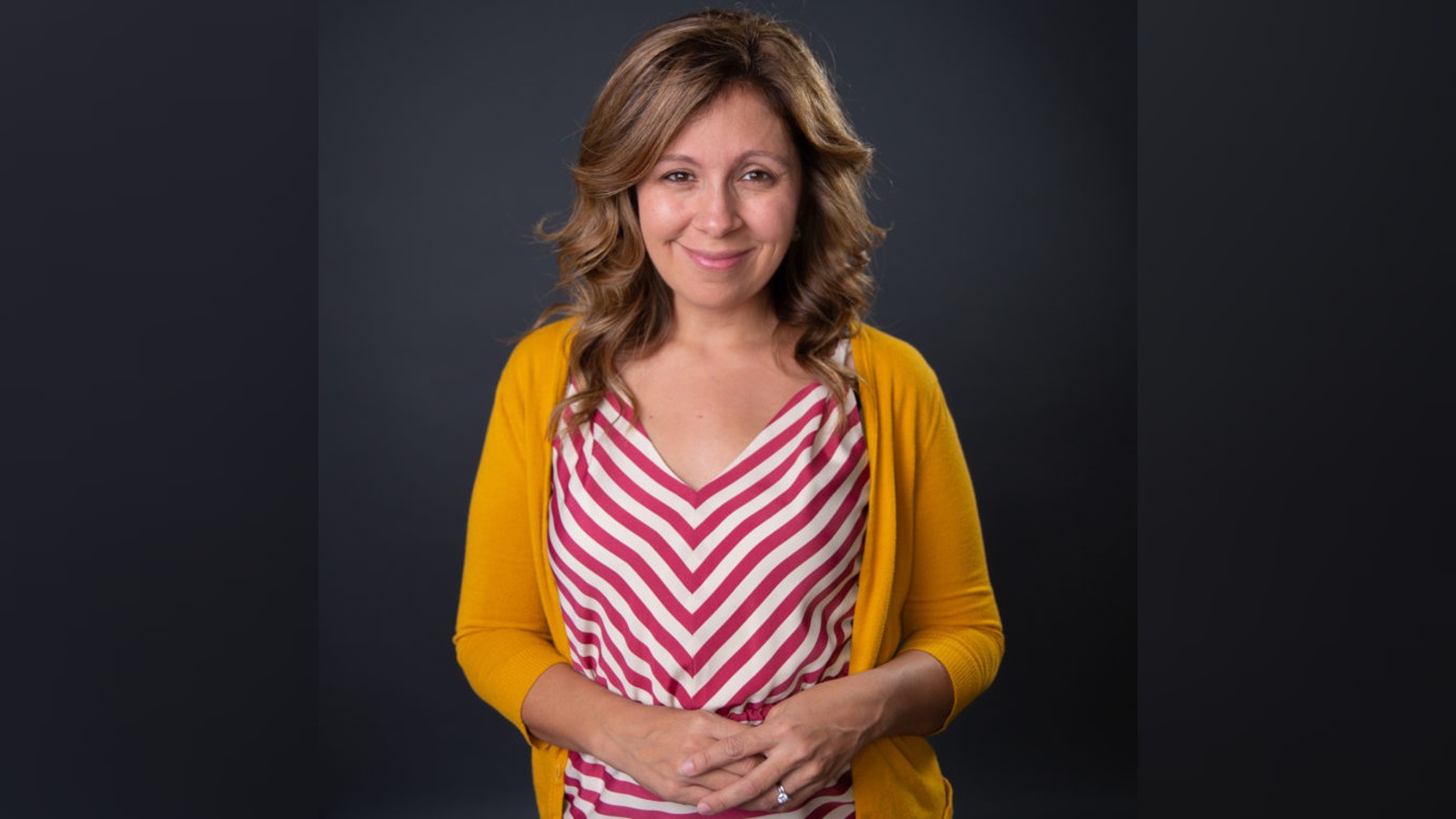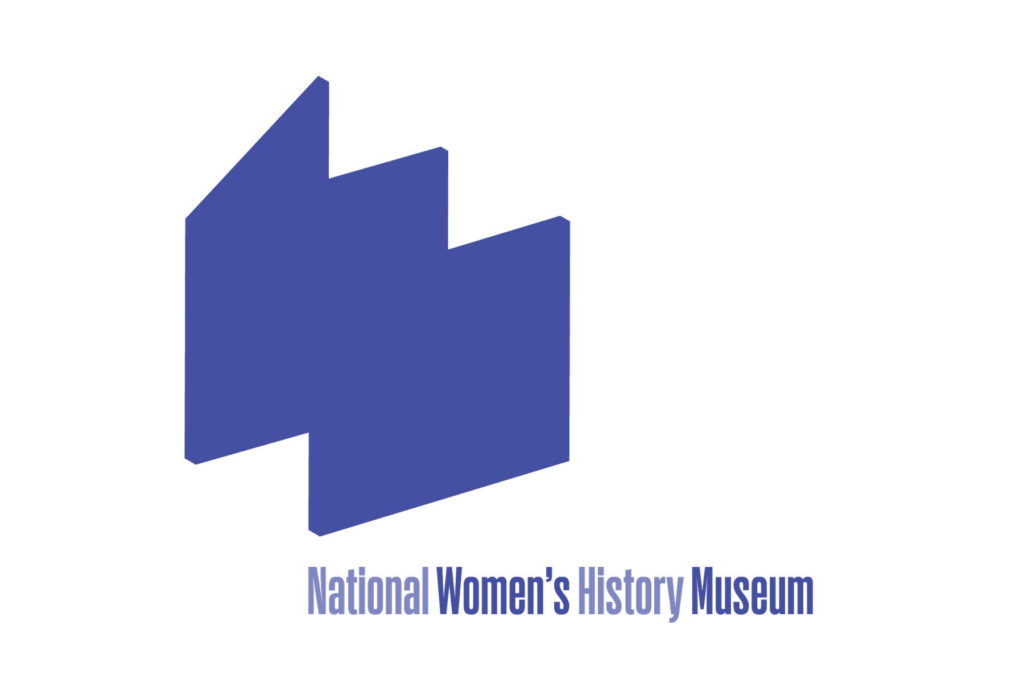The National Women’s History Museum’s Vice President explains the origins and work of the museum
Founded in 1996, the National Women’s History museum is an online museum, dedicated to uncovering and sharing the stories of women throughout the history of the USA. To celebrate International Women’s Day, we spoke to the museum’s chief communications officer, Jennifer Herrera about the museum’s history and how it seeks to celebrate the lives of women throughout history…

• How did the National Women’s History Museum come into being?
The National Women’s History Museum was founded by a woman named Karen Staser who came to Washington, DC in the early 1990s. When she arrived she noticed that women were largely absent from public representation – whether that be sculptures or in museums. Karen said to herself; “Where are the women?” and was inspired to begin work to ensure that women are a part of our national narrative. The first thing she did was gather a bunch of like minded women to try to move a monument, a sculpture called the Portrait Monument, to the Capitol Rotunda. Basically, in 1920, the day after the ratification of the 19th Amendment, when women were granted the right to vote in the United States, there was a big celebration at the US Capitol. Some 5000 people showed up and they had this huge sculpture of three suffragists on display. The day after it was moved to the basement of the US Capitol, also known as the crypt. So they actually moved women out of the light and into the darkness. One of the first things Karen and the other women did was to raise the funds and the goodwill to move this monument back to Capitol Rotunda. I share that story because it was part of the impetus for building a museum dedicated to women’s history. However it is also an example of women being removed from that national narrative and the importance of putting them back, making sure that women are included from all facets of public life and disability. So that really kicked off our existence.
• How does the museum now seek to explore women’s history?
Well, we do that through numerous ways. We want to ensure primarily that women’s history is accessible and available to people all over not just the United States, but across the world. When women are included, you can tell a more inclusive and accurate history and when women are underrepresented, history is simply incomplete. Our goal is to tell a more inclusive history and that we do that through a variety of ways, including resources for educators and learners, to public programming and virtual and in person events. We are the nation’s leading cultural institution for women’s history and we don’t want access to women’s history to ever be a barrier to knowledge. So we ensure it isn’t.
• Tell me a little about the museums education programmes?
In 2017 We did a study called “Where are the women?” And we found that women, not surprisingly, were largely missing from the history books that school children read. When women were included, we also found it was very episodic and tied to specific moments in history. For instance, a history book might briefly touch on women’s suffrage and largely focus on one or two women, for example Susan B. Anthony, or Elizabeth Cady Stanton, but wouldn’t cover the full scope of the suffrage movement. Further, we found that women’s contributions, when they were included, were largely limited to domestic roles. I should say, the lack of inclusion in the curriculum does not represent a lack of interest. It’s because educators don’t have the resources readily available. We worked to remedy that and now have an incredible collection of resources that educators can use in their classrooms from kindergarten to college.
• What kind of online exhibitions and teaching programmes does the museum run?
So we have, for instance, a programme called Brave Girls virtual storytime. This is designed for kindergarten through second grade. An author comes in virtually to read a book to young learners and they broadcast live. And that’s just one of our virtual programmes that we offer. We also do a virtual field trip where educators walk through some of our exhibits. We have a robust selection of digital classroom resources from lesson plans to hundreds of biographies on women past and present. We have a host of online exhibitions where you can either present as a class or you can join us for a virtual walkthrough. So we have this really comprehensive offering of resources that educators, students of all ages and audiences generally can use.
• Why is it important to highlight women’s history?
Without including women, history is incomplete. It’s important that we have an accurate accounting of history and when 51% of the population are largely excluded, history is incomplete. Women’s stories, voices and accomplishments have been happening all along. And it is vital that women’s voices and contributions are part of our historical record. The second thing is that fundamentally, if you can see it, you can be it. And part of our work is to ensure that these stories are uncovered, shared and amplified so future generations can see themselves in the women of the past. There’s a wonderful quote by Myra Pollack Sadker who said “each time a girl opens a book and finds a womanless history she learns she is worth less”. And that quote really speaks to why this work is important. Why inclusion is important. We need to ensure that our children see themselves in history and in the stories you tell.
• Who are some important women in history you would like to highlight?
One thing I’ve been really proud of as a Latina is the work we’ve done to shed light on the accomplishments and stories of Latinos that have traditionally been underrepresented. We recently honoured suffragist Nina Otero Warren, who was on a quarter that was released last August. And so I’m particularly interested in how do we amplify their voices? It can’t always be about the first woman to do something. It has to be about all the women who have come after that first woman. Every woman has a story and every woman’s voice matters. And while it’s important to celebrate the women who broke glass ceilings, we also need to understand that women don’t need to be astronauts for their stories to matter. That every woman has a story. We did a really important project recently called women writing history, where we asked women to start journals at the beginning of the Covid 19 pandemic. So many women were on the frontlines as essential workers, and it was critical to capture their voices. And so what we have now is a powerful archive of these women’s stories. We didn’t want these voices to be lost because we’re already playing a lot of catch up. There’s so much to do because women have been profoundly underrepresented across the board.
• What events or exhibitions are you running currently or coming up?
We’re really excited because on March 30, we’re debuting our new exhibition in person called ‘We Who Believe in Freedom: Black Feminist DC’. The exhibit will debut at the Martin Luther King Jr. Memorial Library in Washington DC as part of an innovative new model that we’re doing with cultural institutions across the United States to bring women’s history to communities throughout the country. We will then work going forward to ensure women’s history is accessible to communities nationwide through physical exhibitions and continuing virtual programming and content. So this exhibit will debut on March 30 and it explores black feminism in Washington DC and the impact of black feminists across the entire country.
Find out more about the National Women’s History Museum at it’s website here


